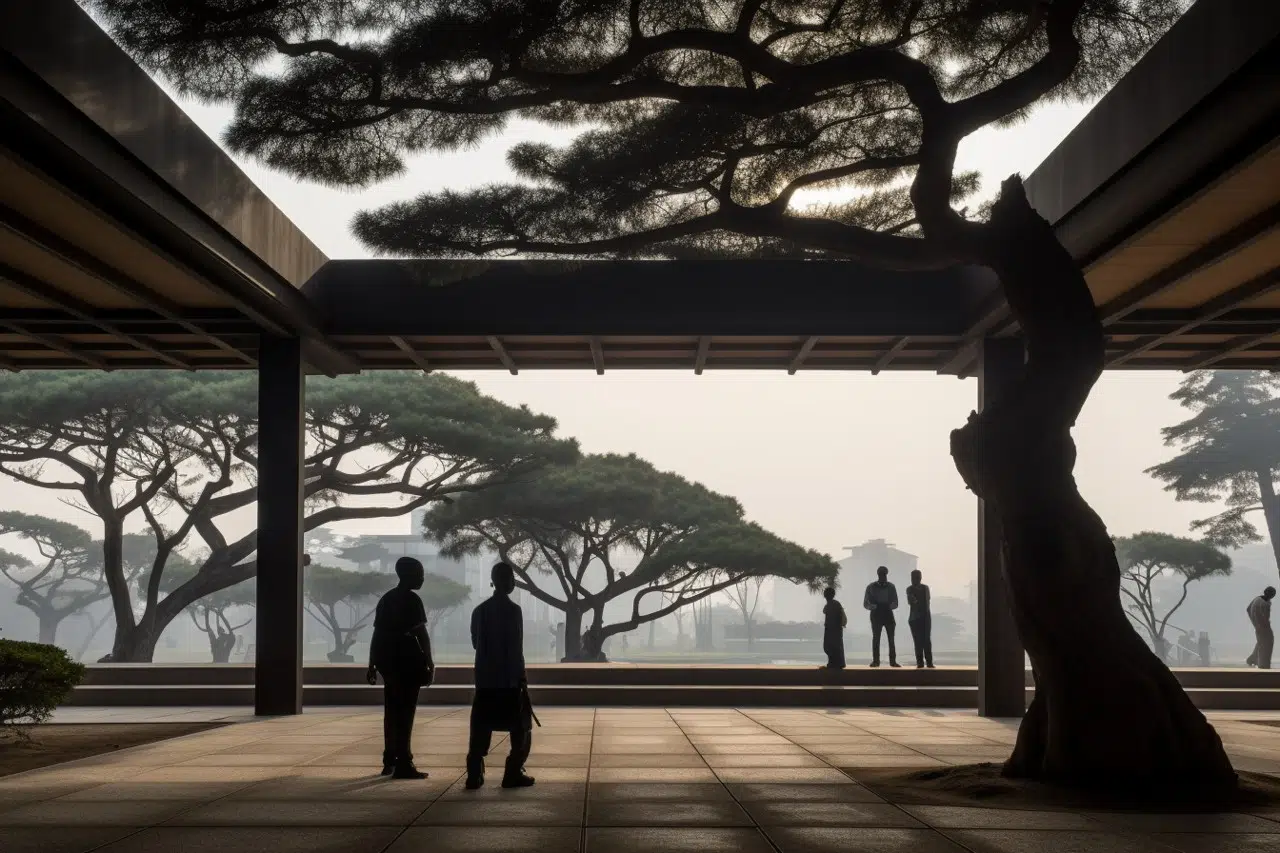
In 2018, as I was creating Whispers & Giants, I started an incredible collaboration with the Swiss typographer and dear friend Loris Olivier. Although, as we worked on a series of typefaces for the studio, we got tired of constantly writing “Whispers & Giants” in our Slack; it was too long. It, therefore, became WandG, then Wangji. We later realised that Wangji had a Chinese meaning: to unlearn. The surprise was welcomed, and we rapidly adopted this new meaning as an integral part of the strategic design system I was building at the time.
Later, as I opened the company, I added the technical aspect from Japanese with the “tsu” as in Jiu Jitsu (heavily influenced by Acronymjutsu), and Wangjitsu was born. Wangjitsu is a combination of Chinese and Japanese cultures, reflecting the unique influence and blend of the two cultures in my design. Also, it combines the principle of unlearning and the practice of Jiu-Jitsu, a martial art focused on self-defence and grappling.
This design philosophy reflects my belief that we should always strive to unlearn old ways of thinking and embrace new approaches to design. The reference to Jiu-Jitsu is also used to represent the physicality of design, which is an integral part of creative practice.
Wangjitsu is an invitation to embrace the unknown and challenge the way things are using design. It’s a call to use our creativity to explore and test new boundaries and find new ways to think and design. My design work reflects this philosophy, which often takes a unique approach to solve problems. I encourage experimentation and risk-taking and believe that sometimes the best ideas come from unexpected places.
Inspired by atomic design systems, Wangjitsu is a cross-disciplinary system or framework to practice discovery research and strategic design. As a toolbox it helps during the sales, practice and management of strategic design interventions.
For the past decades, I have been conducting various types of interventions and developing this system. My adaptive journey was driven forward by multiple iterations based on opportunities to learn, great mentoring and the ability to test out different methods in a variety of contexts and geographies over time.
This system represents my ability to respond to strategic design challenges and provide the necessary time and curiosity upstream of solution design and implementation.